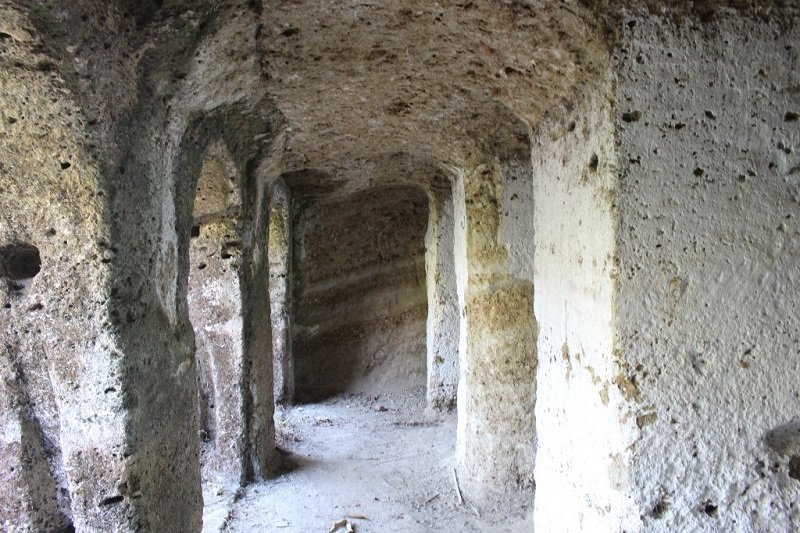MessageToEagle.com – An ancient city discovered in Lower Burma’s Irrawaddy Delta is believed to be as old as the Pyu sites, the size of which would have been greater than the old royal capital of Mandalay. This new discovery has the potential to re-write history of Burma and the ancient Pyu people.
The ancient Pyu people built city-kingdoms
The earliest inhabitants of Burma are the ancient Pyu people. Between the 1st century bc and the 9th century ce, Pyu people established city-kingdoms in Myanmar (Burma). The thousand-year period, often referred to as the Pyu millennium crashed down in the 9th century when the city-states were destroyed by repeated invasions from the Kingdom of Nanzhao.
The Pyu settlements were ruled by independent chiefs. The chiefs at larger city-states later styled themselves as kings. Several ancient Pyu cities have been excavated and the study of the Pyu culture reveals people of Burma were influenced by trade with India, importing Buddhism as well as other cultural, architectural and political concepts.
Now, an ancient city discovered in Lower Burma’s Irrawaddy Delta is believed to be as old as the Pyu sites, the size of which would have been greater than the old royal capital of Mandalay.

The ancient Irrawaddy Delta City is a laterite stone city, believed to have been built more than 2,300 years ago during the Pyu period covers an area of eight square miles and is located near Taung Zin Village in Ingapu Township, Irrawaddy Division.
One of the reasons why the city hasn’t been found until now is because of its remote location. This is a place visited mainly by monks who come there to mediate.
Pinna Siri, a monk at the on-site Kyet Pyin Monastery and historian Phone Tint Kyaw have studied the ancient ruins. After studying alphabets, laterite structures and Buddha images there, historian Phone Tint Kyaw concluded that they might be the works of the Pyu, one of Burma’s most ancient civilizations.
It was the presence of Brahmi-based script that tipped him off; Phone Tint Kyaw explained that the writing system found at the site is the same as those documented in three other Pyu cities, as well as in Pegu and Danyawaddy in Arakan State. The alphabet was used from the sixth century until the third century B.C.
“The Brahmi script disappeared as the empire of King Ashoka collapsed after he died,” said Phone Tint Kyaw, referring to the Indian emperor who passed away in 232 B.C.
See also:
Spectacular 2,500 Years Old Shwedagon Pagoda In Myanmar – World’s Oldest Pagoda
“I assume that that city came to ruins before the fourth Pagan period, before King Anawrahta succeeded to the throne,” said Phone Tint Kyaw. “We’ve found nothing about that city in the historical records of fourth Pagan period and the Mon period. If that city still existed that time, it would have been mentioned in the historical records of Pagan.”
Lost City by the Sea
There were 22 Pyu city-states which existed between the sixth and third centuries B.C. One is described as “Pinle Pyu,” which translates to “Sea Pyu.” Its location was previously unknown, but Phone Tint Kyaw speculates that the ancient city in Ingapu Township might be Sea Pyu.
“In Pyu historical records, there was a city called Pinle Pyu. It was called that because it is located near the sea. I think the old Ingapu city is Pinle Pyu because it is the only city that is the size of a royal city and is located near the sea,” he explained.
According to the administrative structure of Pyu period, only the monarchs could build large cities; feudal lords were only allowed to build cities half or one-third of the size of a royal city.
The city in Ingapu Township was built on a mountain ridge over 100 feet high, to a backdrop of the Arakanese mountain range. The town was designed around pagodas, stupas and water sources. Stone walls were constructed on the left and right sides of city, while vast plains and smaller villages lay to the east.
“They built the city systematically. There were sentry boxes on the ridges on the left and right sides of the city and the entrance was built in the middle. So, there was only one entrance for merchants, envoys or enemies to get into the town,” said Phone Tint Kyaw.
As it covers an area of eight square miles, the city in Ingapu is one of the biggest Pyu settlements after Sri Ksetra in Pegu Division.
Though there are over 350 ancient cities documented in Burma, the Department of Archaeology, National Museums and Libraries has only excavated materials from around ten of them. Only through the systematic excavation of these old cities will a standardized history of Burma be able to be compiled
MessageToEagle.com
References:






